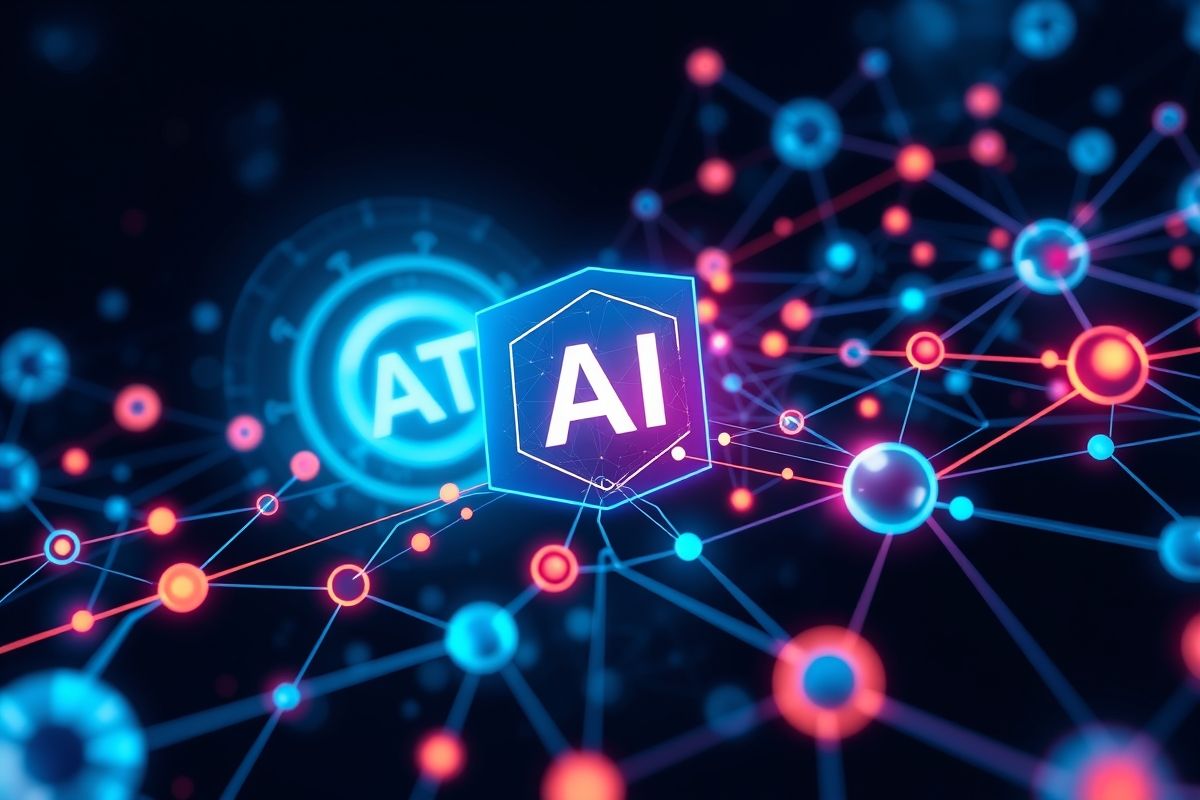The Trifecta of Transformation: A Cost-Benefit Analysis of Converged IoT, AI, and Edge Computing
The Internet of Things (IoT), Artificial Intelligence (AI), and Edge Computing are no longer independent technologies; they're converging to create a powerful synergy transforming industries. This convergence promises unprecedented efficiency, responsiveness, and intelligence, but realizing this potential requires a nuanced understanding of the associated costs and benefits. This deep dive explores the complex cost-benefit landscape, moving beyond introductory concepts to offer actionable insights for tech leaders and developers.
Infrastructure Costs and Considerations
Edge Device Deployment and Management
Deploying and managing a large network of edge devices presents significant infrastructural challenges. Factors like device heterogeneity, power consumption, connectivity limitations, and remote management complexities contribute to substantial upfront and ongoing costs. A robust, scalable edge infrastructure requires careful planning, involving considerations such as device selection, network architecture, security protocols, and remote monitoring capabilities. Choosing the right edge computing platform – from dedicated hardware to cloud-based solutions – is crucial for optimizing costs and performance.
Data Storage and Processing at the Edge
Processing data at the edge reduces latency and bandwidth requirements, but it necessitates investing in edge computing hardware with sufficient processing power and storage capacity. The costs associated with this hardware can be significant, especially when dealing with large-scale deployments. Furthermore, data security and privacy considerations at the edge require robust security measures, adding to the overall cost.
Cloud Integration and Communication
Even with edge processing, cloud integration remains essential for data aggregation, model training, and advanced analytics. The costs associated with cloud storage, compute resources, and data transfer need careful consideration. Optimized communication protocols and efficient data compression techniques are vital for minimizing bandwidth costs and latency.
Development and Maintenance Costs
AI Model Development and Deployment
Developing and deploying AI models for edge devices presents unique challenges. Model optimization for resource-constrained environments requires specialized expertise and iterative development cycles. Techniques like model quantization, pruning, and knowledge distillation are essential for reducing model size and computational requirements. The cost of AI expertise, specialized tools, and rigorous testing adds significantly to the development budget.
import tensorflow as tf
model = tf.keras.models.load_model('my_model.h5')
# Quantization
converter = tf.lite.TFLiteConverter.from_keras_model(model)
converter.optimizations = [tf.lite.Optimize.DEFAULT]
quantized_model = converter.convert()
# Save quantized model
open('quantized_model.tflite', 'wb').write(quantized_model)
Software Development and Integration
Integrating IoT devices, AI models, and edge computing platforms requires skilled software developers and robust software development methodologies. The costs associated with software development, testing, deployment, and maintenance can be substantial, especially for complex systems.
Security Considerations
Securing IoT devices, edge servers, and the communication channels connecting them is paramount. Robust security protocols, regular security updates, and intrusion detection systems are crucial for preventing data breaches and protecting against cyberattacks. The cost of implementing and maintaining robust security measures is a significant factor in the overall cost-benefit analysis.
Real-World Case Studies
Several industries are already reaping the benefits of this convergence. Smart manufacturing leverages edge AI for real-time quality control and predictive maintenance, reducing downtime and improving efficiency. Smart cities use AI-powered edge devices for traffic management, environmental monitoring, and public safety, enhancing urban life. Healthcare is exploring applications in remote patient monitoring and personalized medicine, improving patient outcomes.
Future Implications and Trends
The convergence of IoT, AI, and edge computing is poised for explosive growth. Advances in low-power AI chips, improved connectivity technologies (like 5G and beyond), and the development of more sophisticated AI models will further reduce costs and enhance capabilities. We can expect to see increased adoption across various sectors, leading to transformative changes in how we live, work, and interact with the world around us.
Actionable Takeaways and Next Steps
- Conduct a thorough cost-benefit analysis: Carefully evaluate the infrastructure, development, maintenance, and security costs associated with your specific use case.
- Prioritize model optimization: Employ techniques like quantization and pruning to reduce the computational footprint of your AI models.
- Invest in robust security measures: Prioritize security from the design phase to mitigate potential risks.
- Embrace cloud-edge synergy: Leverage cloud resources for tasks that don't require real-time processing.
- Stay updated on emerging technologies: Keep abreast of advancements in low-power AI chips, connectivity technologies, and AI model development techniques.
Resource Recommendations
Explore resources from leading cloud providers (AWS, Azure, GCP), edge computing platforms, and AI research institutions to stay informed about advancements in this rapidly evolving field.
